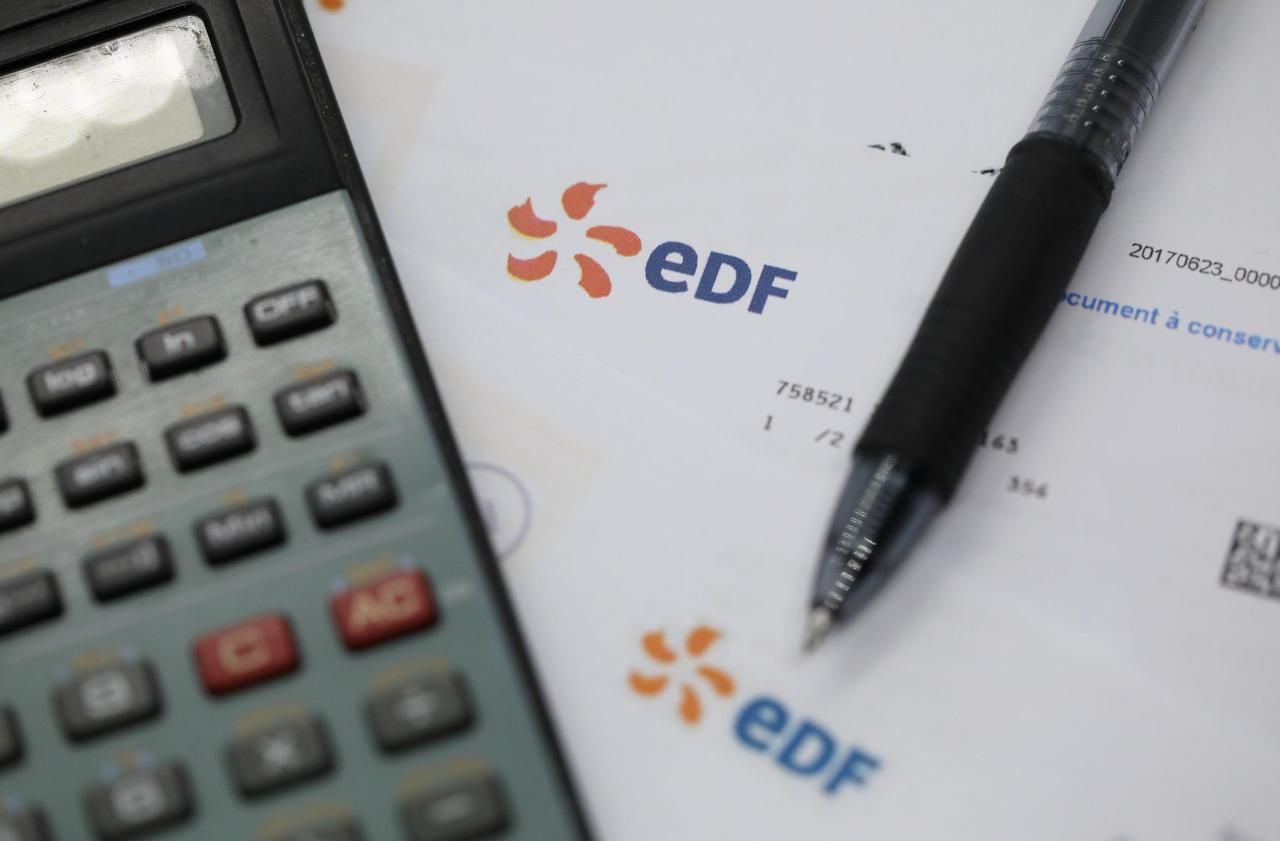This February 1, the new increase in regulated tariffs for the sale of electricity of 1.6% for individuals comes into effect.
It intervenes so that the tariffs cover, as the law requires, the costs of production.
Except that this new increase unfortunately does not happen alone.
The electricity transmission tax, the TURPE (tariff for the use of the public electricity network), which weighs for more than a third on the electricity bill of French households, will also increase.
What there too will increase the bill from next August 1, to gradually increase and reach around fifteen euros per household and per year from 2024.
But that's not all !
Another increase adds to the bill: the increase in the local tax on final electricity consumption (TICFE).
You don't know her?
However, it is one of the four major taxes involved in the composition of electricity prices.
Because it would be too simple otherwise, this local tax is divided into two sub-taxes: a municipal share (or intended for the local union of municipalities), which brought in 1.4 billion euros in 2020;
and another departmental part, which brought in no less than 715 million.
Until January 1, to calculate this tax, communities had roughly the choice between six rates, which ranged from 0% to 8.5%.
From now on, the public authorities intend to keep only one rate.
To simplify the process of collecting this tax, but also to… earn a little more.
Because obviously, the rate used to apply to all communities from 2023 will be the highest.
Or the ceiling rate of 8.5%.
On this date, collection management will then be entirely carried out by the General Directorate of Public Finances.
More than 7000 municipalities are concerned
Until then, standardization will take place in three stages.
"The first is already in progress since it was a question of removing the two smallest coefficients, 0 and 2%", explains David Beauvisage, secretary general of the services at the FNCCR (National Federation of concessionary authorities and regulated).
The 1,824 municipalities which applied one or the other of these rates automatically switched to the higher coefficient: 4%.
“In 2022, this coefficient will itself be removed, for a switch to the higher coefficient, that of 6%, continues this expert of communities.
Finally in 2023, the following two coefficients, 6 and 8% will also be eliminated and all the municipalities will then all be housed in the same boat.
“Result: the local tax will no longer be so local, since there would therefore be no more geographical modulation of tariffs.
READ ALSO>
Electricity, gas, tobacco, tolls, partial unemployment… which changes this Monday February 1st
This tax will therefore depend solely on our consumption, and no longer on where we live.
If 78% of municipalities already applied this ceiling rate, it is therefore the remaining 22%, i.e. 7,608 municipalities, spread over 13 departments (including Alpes-Maritimes, Gard or Morbihan) that will be directly impacted, but at different levels.
This will result in an increase of a few tens of euro cents, up to an average of 55 euros per year and per household, for those who were at the floor rate of 0%.






